In the twilight of Packard’s long, storied life, they built a car so bold, so strange, and so unexpectedly brilliant that it’s hard to believe it came from a company that was about to close its doors for good. The 1958 Packard Hawk is a fiberglass-faced oddity with a supercharged heart, leather-lined guts, and just enough Studebaker DNA to make the purists squirm. Only 588 were built. Fewer still with a manual gearbox. And if you’re lucky enough to find one today, you’re looking at the rarest of birds.
Let’s be clear: by 1958, Packard wasn’t designing new cars. They were repackaging Studebakers. The once-great marque that had stood shoulder to shoulder with Cadillac, Lincoln, and even Rolls-Royce in the prewar years had, by the late ’50s, become a badge-engineered shadow of its former self. Detroit was in the rearview; South Bend was now home. And what rolled out of South Bend that final year wasn’t a Packard in the traditional sense, but it may have been one of the most interesting things they ever built.
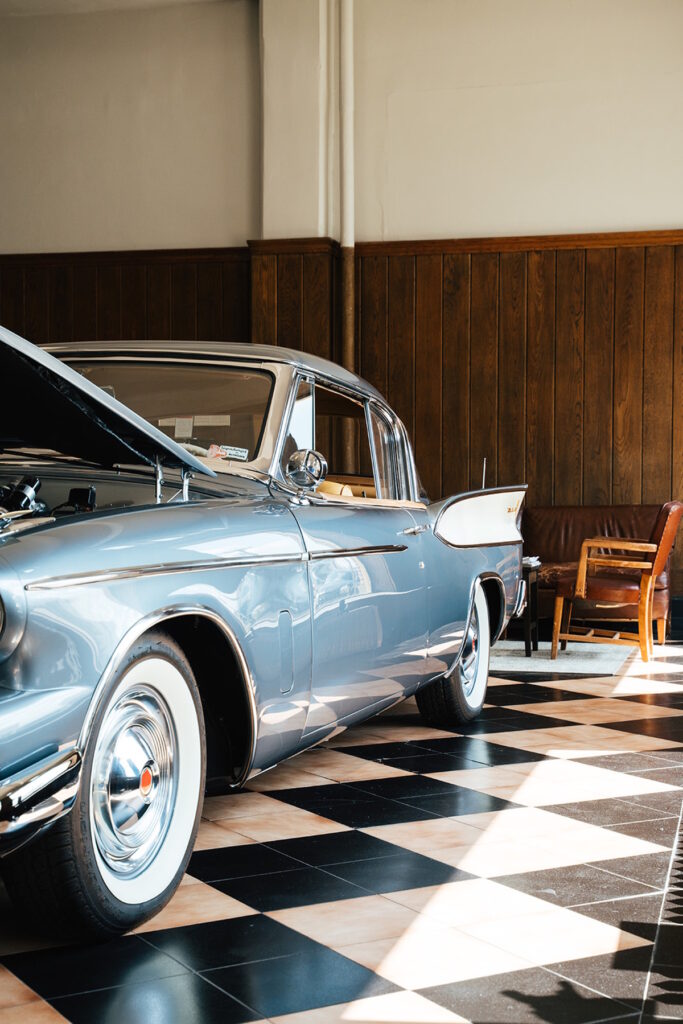
Packard Hawk: Fiberglass and Flair
Built on the bones of the Studebaker Golden Hawk, the Packard Hawk took the concept of “badge engineering” and threw in a dash of theater. Designer Duncan McRae gave the car a radical facelift: a wide, fiberglass nose that looked more Italian sports car than American Interstate cruiser, complete with a gaping grille that some said resembled a catfish.
Around back, a fake spare-tire hump lent an air of European eccentricity, while gold-anodized trim panels on the tailfins glinted in the sun like costume jewelry on a fading movie star. It was longer, lower, and somehow more ostentatious than the Golden Hawk it was based on.
The Engine That Saved It
Looks aside, the Packard Hawk’s real party trick was under the hood. Like the Golden Hawk, it came equipped with Studebaker’s 289-cubic-inch V8, topped by a McCulloch centrifugal supercharger. The setup churned out 275 horsepower, a big number in 1958, and enough to push the Hawk to 60 mph in under nine seconds. Top speed? Around 125 mph. In its day, that made it one of the fastest cars America had to offer.
The majority came equipped with a Borg-Warner Flightomatic automatic transmission, but a few, somewhere around 28, were spec’d with a T85 three-speed manual with overdrive. Those few are now the holy grails, the unicorns of the Packard world. Manual cars with their original powertrains intact rarely trade hands, and when they do, they command a premium that reflects both their rarity and the sheer joy they offer behind the wheel.
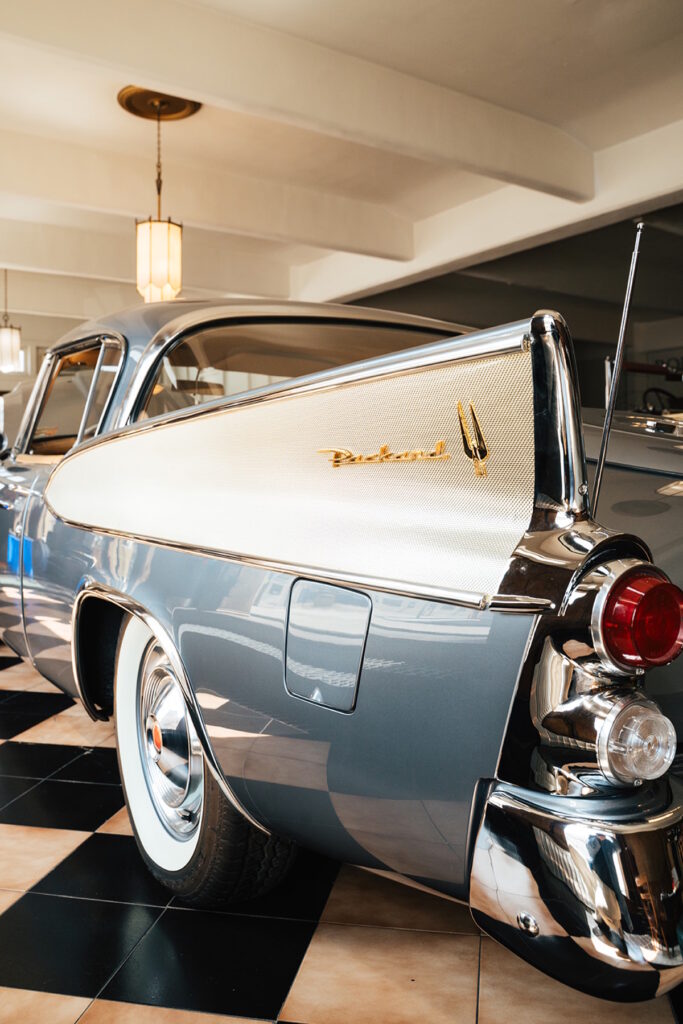
Luxury With a Side of Speed
Inside, the Packard Hawk was a step above its Studebaker sibling. The dash was finished in engine-turned aluminum. The seats were real leather, not vinyl. The door panels were custom-trimmed. Even the tops of the doors had padded vinyl rolls, a strange but effective touch that made the Hawk feel more like a grand tourer than a muscle-car coupe.
The instrument cluster included a tachometer and a boost gauge, rare features for an American car of the era and a subtle nod to the performance underfoot. Power steering and brakes were standard, and options included power windows, power seats, and a radio that looked more at home in a bomber cockpit than a boulevard cruiser.
Despite all the flair, the Hawk handled well… better than you’d expect from a car with a nose like a sledgehammer and a trunk like a humpback whale. Period reviews praised its steering feel and surprisingly stable ride. The twin-traction limited-slip differential helped keep power planted, and thanks to that supercharger, passing power was never in short supply.
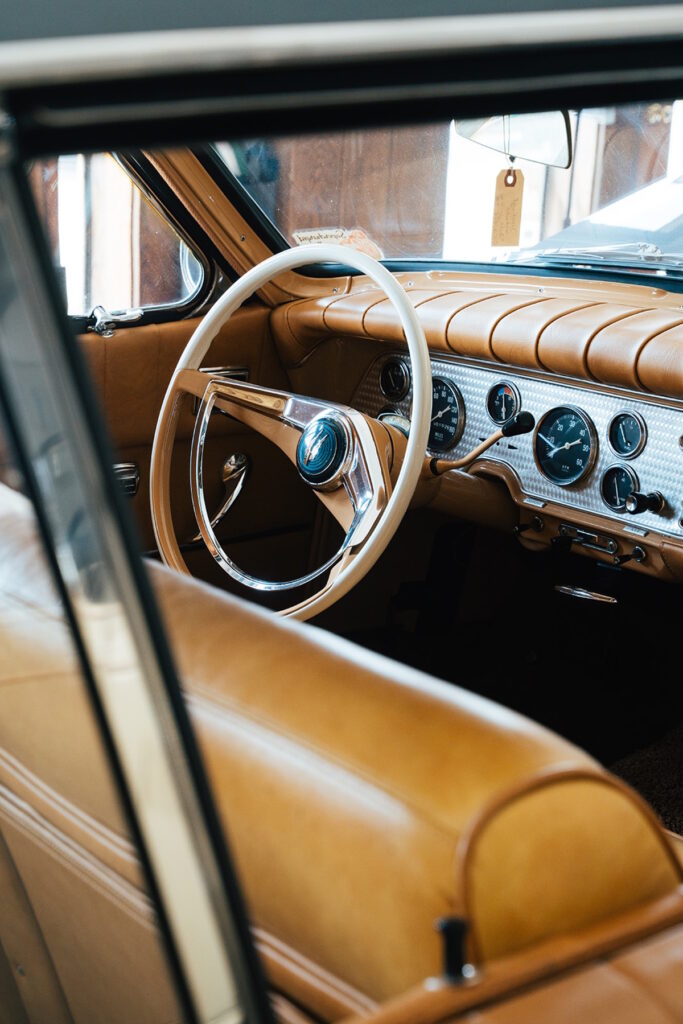
Rarity by Default
Only 588 Packard Hawks were built before Studebaker shut the lights off on the Packard name for good. That alone makes it rare. Add in the handful equipped with manual transmissions, and you’ve got one of the scarcest production cars of the late ’50s.
Survivors are prized not just for their scarcity, but for their singular personality. No other car wears this much fiberglass, moves with this much torque, and carries a nameplate that was once synonymous with American elegance. This was Packard’s final act, and it wasn’t a whimper. It was a weird, wonderful, unexpected roar.
The Packard Hawk is a contradiction on wheels: a luxury performance car with styling that borders on parody, a rebadged relic that’s faster than it has any right to be. It’s not beautiful in the conventional sense, but it has presence. It doesn’t handle like a sports car, but it’s more fun than many cars with sharper silhouettes. It was born of compromise, but it still feels like a statement.
And maybe that’s why it endures, not in significant numbers, but in passionate preservation. A Packard Hawk at a concours is a conversation starter. It’s also a reminder of what American car companies used to do when the chips were down: go bold, go strange, and go fast.
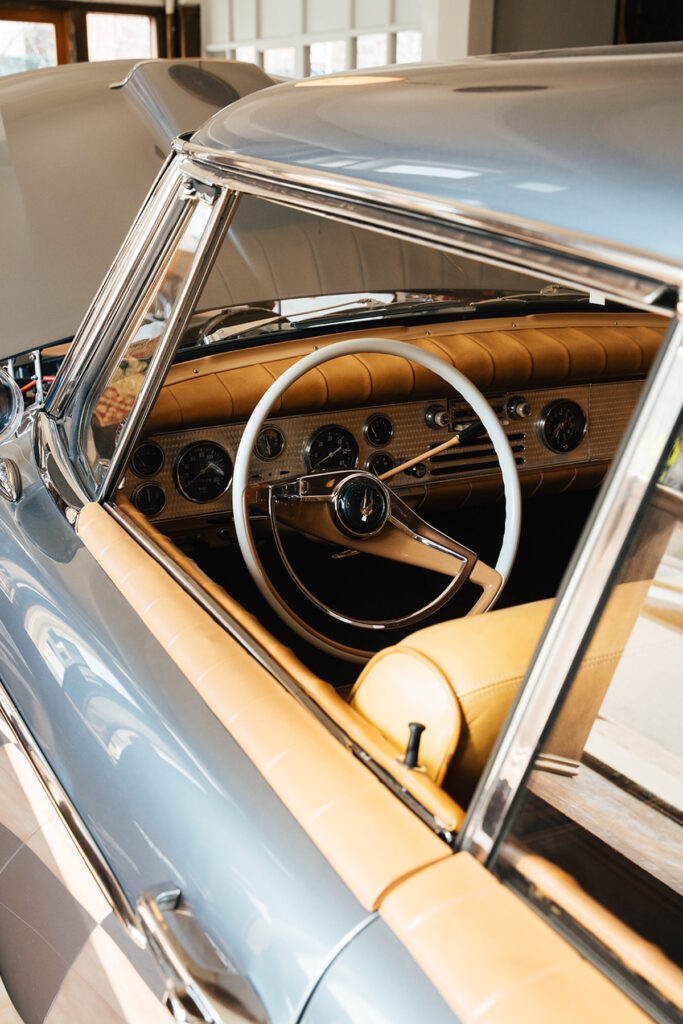
If you ever get the chance to drive one, take it, especially one of the mythical manual cars. The Packard Hawk isn’t just the last Packard. It’s one of the last true surprises of the 1950s. This car can be found in America’s Packard Museum in Dayton, Ohio.

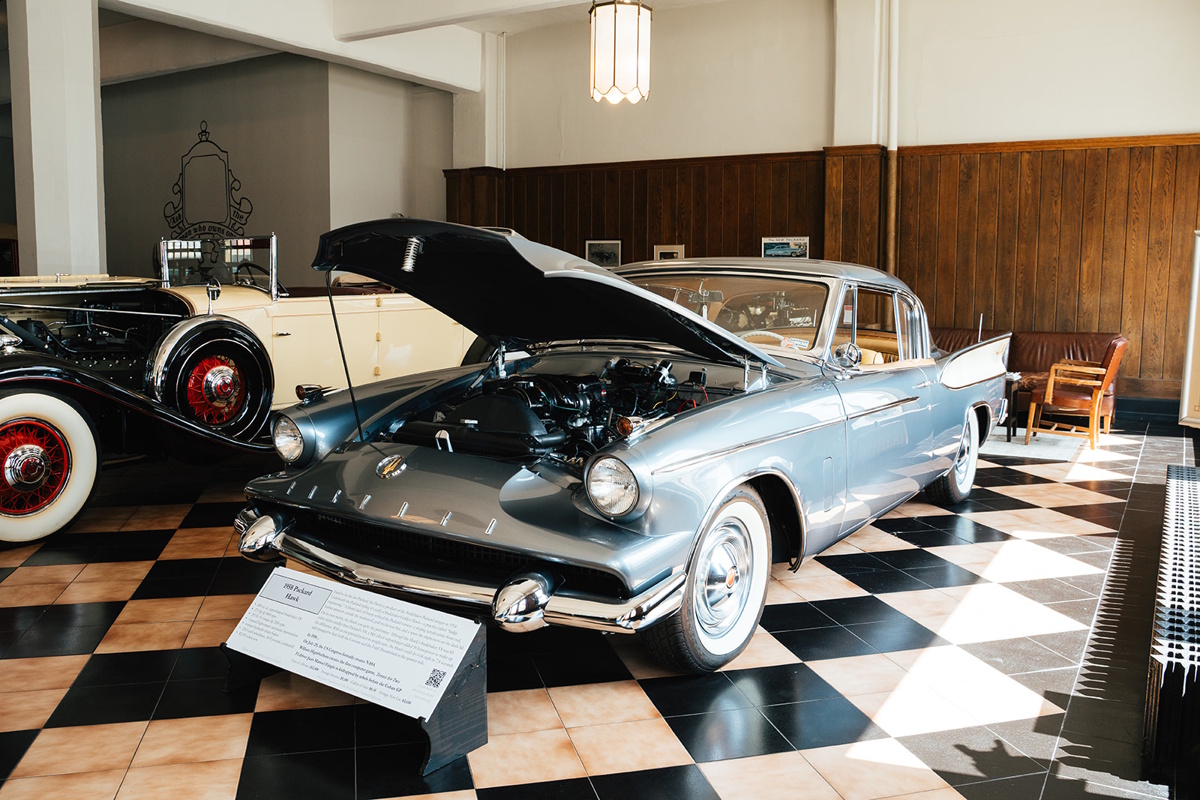





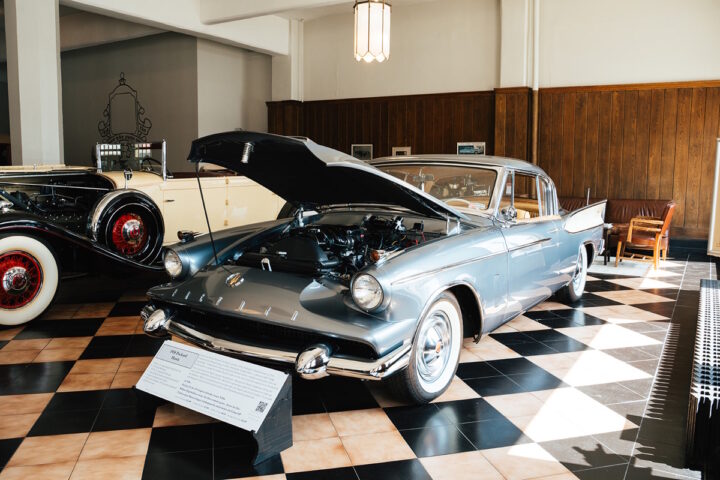



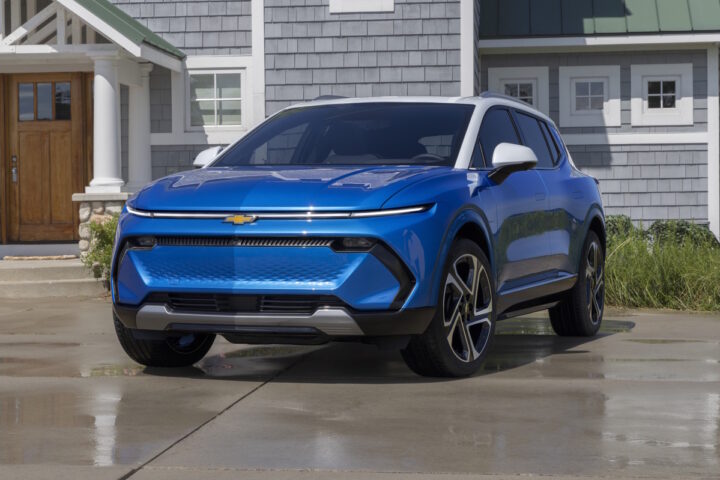









Never heard of this car, but it is super cool